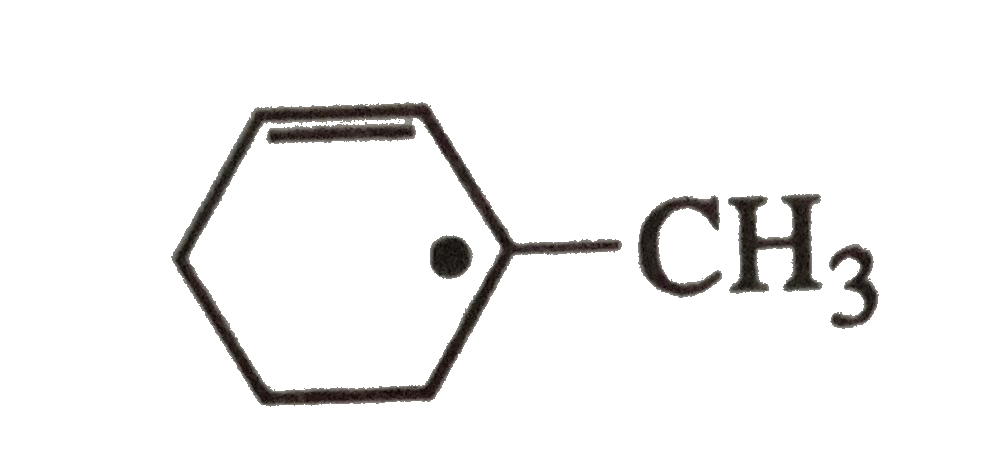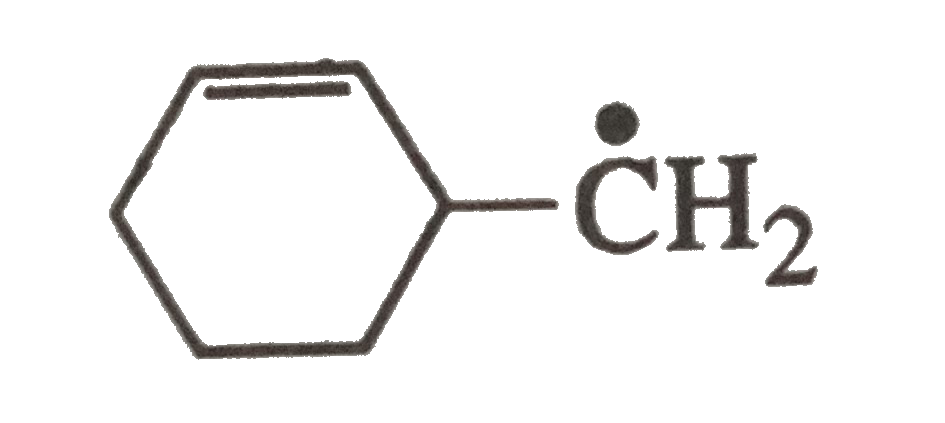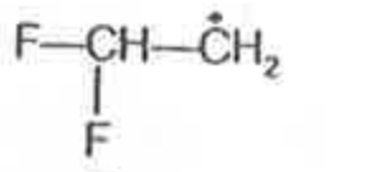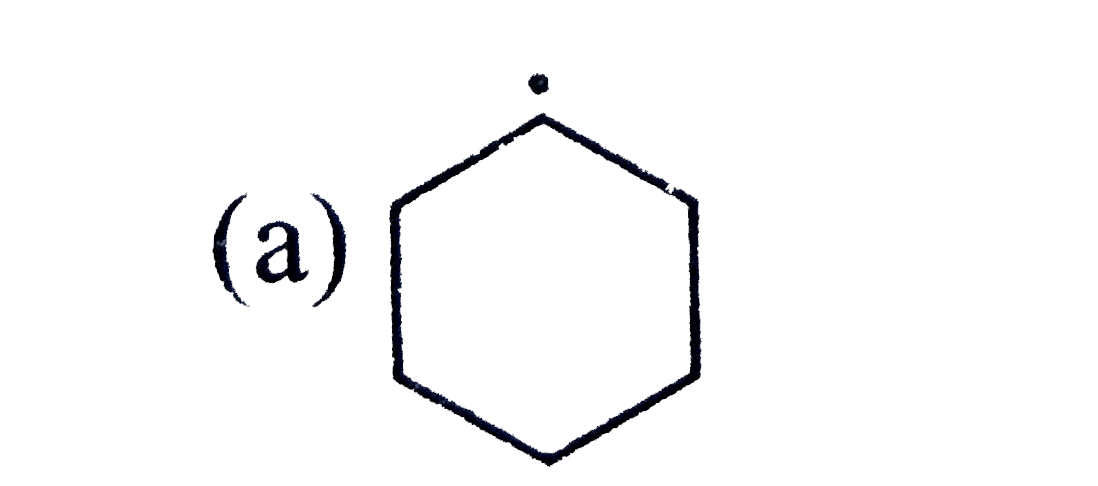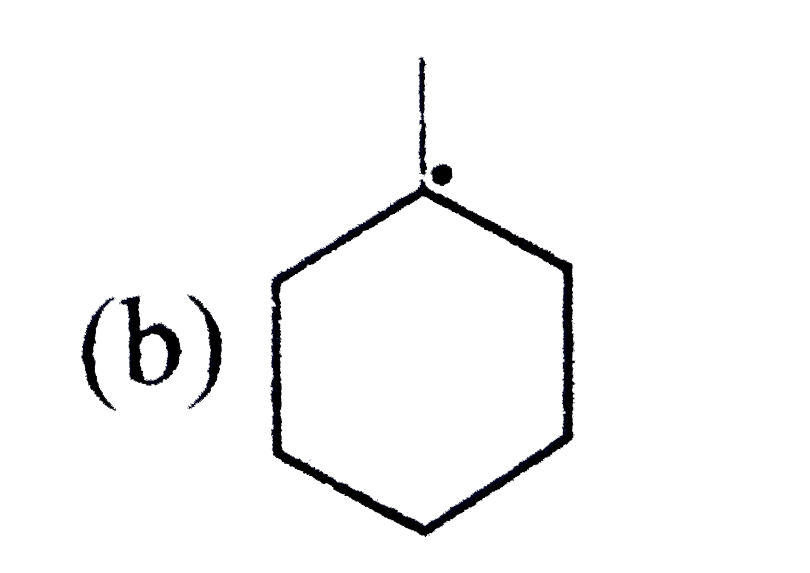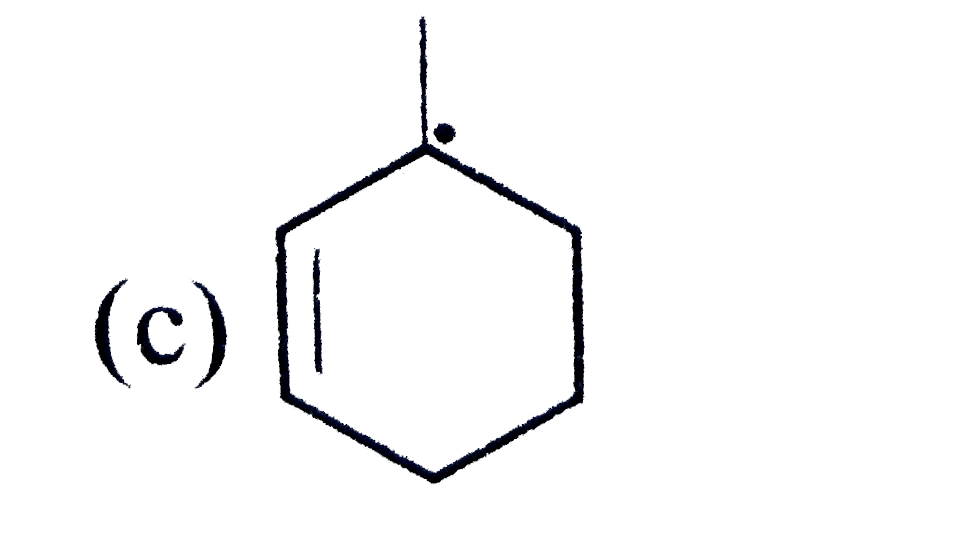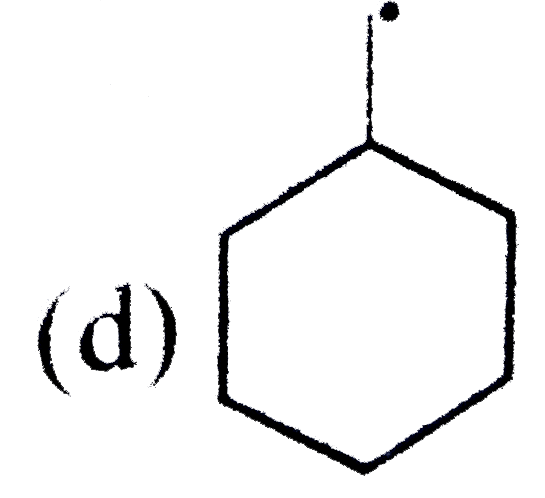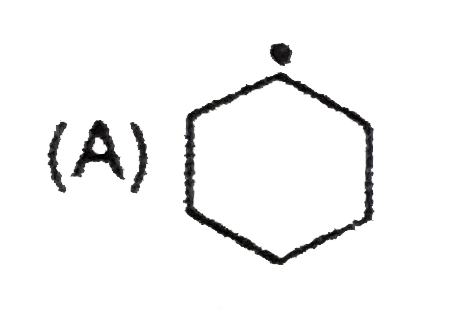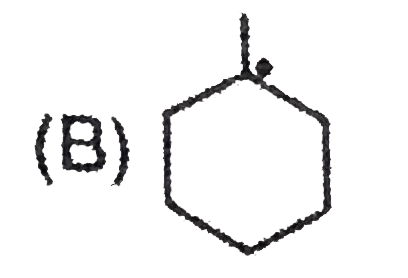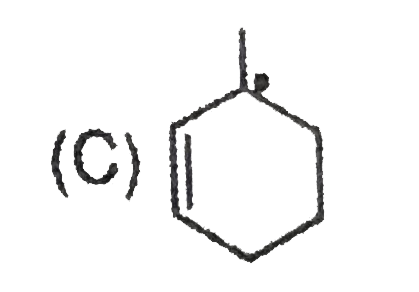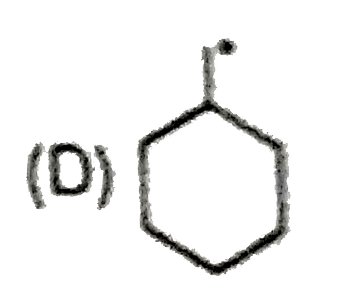A
B
C
D
Text Solution
AI Generated Solution
The correct Answer is:
|
Topper's Solved these Questions
BASIC PRINCIPLES OF ORGANIC CHEMISTRY
DINESH PUBLICATION|Exercise SELECTED STRAIGHT OBJECTIVE TYPE MCQS|64 VideosView PlaylistBASIC PRINCIPLES OF ORGANIC CHEMISTRY
DINESH PUBLICATION|Exercise LINKED COMPREHENSION TYPE MCQS|10 VideosView PlaylistBASIC PRINCIPLES OF ORGANIC CHEMISTRY
DINESH PUBLICATION|Exercise Matrix Type Questions|2 VideosView PlaylistALKALI EARTH METALS
DINESH PUBLICATION|Exercise Unit test-12|5 VideosView PlaylistBIOMOLECULES
DINESH PUBLICATION|Exercise MATRIX - MATCH TYPE|8 VideosView Playlist
Similar Questions
Explore conceptually related problems
Knowledge Check
A
B
C
D
Submit
A
B
C
D
Submit
A
B
C
D
Submit
Similar Questions
Explore conceptually related problems
DINESH PUBLICATION-BASIC PRINCIPLES OF ORGANIC CHEMISTRY-REVISION QUESTIONS FROM COMPETITIVE EXAMS.
- Which of the given statement(s) about N, O, P and Q with respect to M ...
11:27
|
Play - In the replacement reaction rarrC-I+MF rarr rarr C-F+MI The react...
01:09
|
Play - The radical is aromatic because it has
03:24
|
Play - The structure of isobutyl group in an organic compound is
02:40
|
Play - Structure of the compound whose IUPAC name is 3-ethyl-2-hydroxy-4-meth...
03:17
|
Play - The order of stability of the following carbocations underset((I))(...
01:35
|
Play - The hyperconjugative stabilities of tert-butyl cation and 2-butene, re...
03:47
|
Play - Among P, Q, R and S, the aromatic compounds(s) is/are
06:31
|
Play - Most stable radical is
04:10
|
Playing Now - The IUPAC name of the following compound is :
01:16
|
Play - The which is not used as gaseous fuel :
01:04
|
Play - The petrol of octane number 80 has :
03:14
|
Play - Which of the following is not a an allylic halide ?
02:49
|
Play - Which one of the following is not correct in respect to hybridization ...
Text Solution
|
Play - The correct IUPAC name of the following compound is : H(3)C-CH=under...
01:09
|
Play - IUPAC name of overset(5)CH(3)-overset(4)underset(OH)underset(|)CH-over...
01:56
|
Play - Mesomeric effect involves
01:19
|
Play - Which of the following is an aromatic species ?
02:56
|
Play - The relative stability of the following carbocations in decreasing ord...
04:36
|
Play - The IUPAC name of the compound X is
01:28
|
Play
